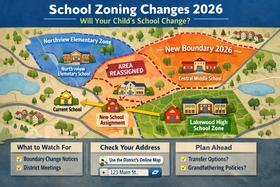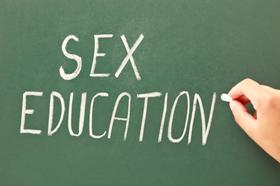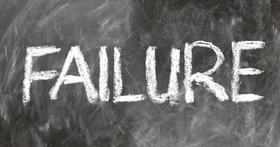Race to the Top, the education reform championed by the current administration, is now in full swing. States nationwide have received funding from the program in exchange for changes to their public education systems that would benefit the students in those states. While some are touting the program's success already in its early stages, others are voicing concern that it is not doing what it was meant to do.
An Overview of the Program
Race to the Top was introduced by President Obama in 2009 as a competitive fund to promote school improvement on both a state and local level. At that time, $4.35 billion was pledged in what the White House called the “largest ever federal investment in education reform,” according to the Washington Post. State governments were called upon to submit plans for education reform to gain a portion of the funding pledged for the program.
The White House website stresses four key areas of reform for Race to the Top funding criteria, which include:
- Improvement of assessments and more rigorous standards for schools
- Turn-around of failing schools through increased emphasis and resources
- Support that allows teachers and staff to be more effective
- Better methods for tracking the progress of both students and teachers
Each state had the opportunity to submit a plan to the U.S. Department of Education for education reform, keeping these four criteria in mind. Since the program was launched, 46 of 50 states have submitted plans, and some of those states have received funding from the program. The funding will go directly to implementing the reforms outlined in each state’s plans.
Progress in Race to the Top States
The Washington Post also reported that many jurisdictions that have received Race to the Top funding are making significant, positive progress. Of the 12 jurisdictions that received the first grants, nine are on par to reach their benchmarks in the third year of the four-year grants. However, according to federal officials, three areas are failing to make the grade. Those three include the states of Maryland, Georgia, and the District of Columbia.
None of the three have yet been asked to return Race to the Top money, although Georgia was recently placed in the “high risk” category. The federal government is committed to helping all three jurisdictions bring their reform up to par. Still, U.S. Education Secretary Arne Duncan also said that a large part of the responsibility lies with the jurisdictions themselves.
The District of Columbia is currently experiencing issues with school turnaround, seeing reform efforts pay off in just one of the 13 low-performing schools the district had committed to turning around. In addition, administrators in D.C. have been delayed in producing a website teachers can use for development and resources, as well as an online database for tracking student progress.
States Show Commitment to Reform
According to the U.S. Department of Education website, Race to the Top is an essential element in education reform today. The website says that individual states showed their commitment to reform long before the first grant was awarded by submitting comprehensive plans to bring about reform in their schools. In addition to the individual plans put forward by nearly every state, 48 states also worked together to produce standards that would ensure students graduating from high school would be properly prepared for college and careers.
The U.S. Department of Education website also explained that Race to the Top funding could eventually be expanded to a more local level. Individual districts that show an interest in education reform and produce viable plans to produce those reforms could also qualify for funding in the future. Additional funding has been requested for these local movements to ensure education reform continues at all levels.
Not All Rosy for Race to the Top
While the current administration continues to champion the benefits of Race to the Top, not everyone agrees that the program is producing the desired effect. The Huffington Post reports that many students, parents, and teachers are growing increasingly disenchanted with the program. In Seattle, Washington, teachers have launched a boycott of standardized testing at Garfield High School, stating that the tests do not accurately reflect what students are learning. They are also protesting the use of the exams for the assessment of teachers, stating the tests were never designed for this purpose.
Elsewhere, parents and students see schools close as a part of Race to the Top mandates. In some areas, this leaves students crossing gang lines and traveling extended distances to get to new schools. At least ten cities have now filed civil rights complaints with the U.S. Department of Education, alleging school closures discriminate against minority and low-income students.
Despite concerns, Race to the Top will continue – at least into the immediate future. Time will tell whether this new approach to education reform will eventually have the desired effect of providing students nationwide with the highest quality education possible.
Questions? Contact us on Facebook @publicschoolreview.












